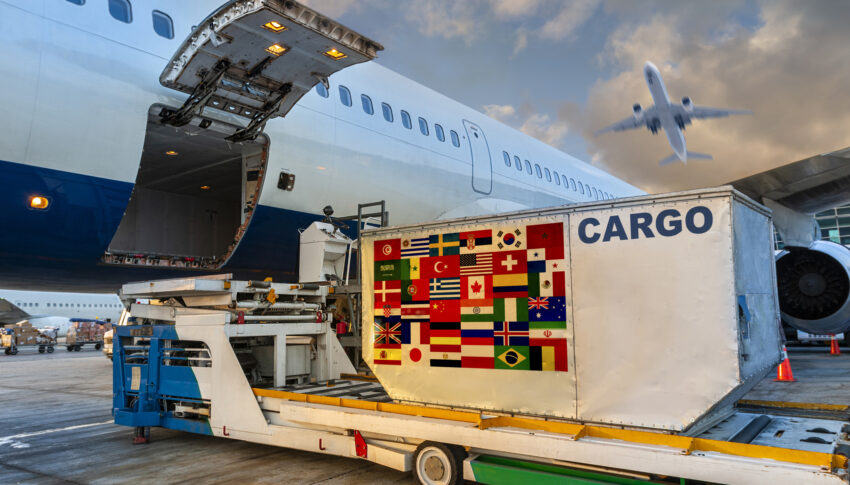When lithium batteries go wrong in the air, the resulting fires can put aircraft in serious danger — and they’re big news, with one of the most recent requiring the emergency evacuation of an Alaska Airlines flight in Seattle. With more and more of these batteries being used inside the cabin, as cellphones, tablets, wireless headphones, e-readers, batteries, and more — and being transported to us via air cargo — how are passengers and aircraft being kept safe from the fire risks they pose?
We asked Dave Brennan, assistant director for cargo safety and standards at International Air Transport Association, for the very latest.
“IATA and our member airlines continue to identify additional safety mitigations that can be implemented to reduce the potential risk posed by the carriage of lithium batteries by air,“ Brennan tells us. “Our main focus is on the carriage of lithium batteries as cargo, as this is the area that we and the airlines see as the one with the greatest potential risk due to the larger volumes in the cargo compartment.”
As part of this work, IATA is revising the regulations on dangerous goods that it manages, and engaging with industry and international coordinating UN body ICAO.
“To address some of the risks we have removed from the 2022 edition of the IATA Dangerous Goods Regulations the Section II provisions of Packing Instructions 965 and 968, which apply to lithium ion cells and batteries and lithium metal cells and batteries respectively, when shipped alone,” in other words not packed with equipment or contained in equipment,” Brennan says. IATA guidelines [PDF] explain the detail about “packed with” or “contained in”.
Brennan also notes that “we have also submitted a working paper to the 28th meeting of the ICAO Dangerous Goods Panel (DGP/28) meeting in November proposing deletion of these provisions from the 2023-2024 edition of the ICAO Technical Instructions.”
Other working papers to that Dangerous Goods Panel meeting include proposals for improvements to the lithium batteries still allowed — in other words, those packed in equipment or contained within equipment — in order to improve the level of protection against damage, especially being crushed, which is a significant fire risk.
Perhaps surprisingly, there are more incidents of cabin fires from passenger-carried personal electronic devices, known as PEDs, than cargo fires.
https://www.youtube.com/watch?v=pOiwEW54xL8
For cabin fires, though, airlines have established procedures and trained cabin crew to deal with them, and dangerous goods like batteries are not allowed to be loaded as cabin freight in the “preighter” or “COVID combi” operations where freight is on seats or in pallets on the cabin.
Overall, though, IATA expects the scale of the lithium battery problem to grow, as more and more of these batteries are being used — not just with the explosion in online shopping for electronics and computing devices like smartphones and wireless headphones, with more than ever needed thanks to the homeworking and hybrid working revolution, but in power tools and the new category of e-mobility vehicles like e-scooters, e-bikes, e-skateboards and so on.
Even within the operational areas of the aircraft, Brennan says, “this includes the move to electronic flight bags (EFB) for flight crew as airlines look to replace heavy paper manuals with tablets. Removing the manuals takes dead weight off the aircraft and helps to reduce fuel burn, saving money and reducing carbon dioxide emissions. The same trend, although at a slower pace, applies to the use of tablets by cabin crew in place of paper manuals.”
IATA has also identified data gaps in reporting incidents, and is working with airlines to fill them, while regulators such as the FAA maintain a list of the growing number of incidents [PDF].
“While airlines are required to report to their regulatory authority any dangerous goods incidents, which includes events such as fire or smoke from lithium batteries, identification of undeclared or improperly prepared shipments, there is very little analysis of the data by any government and no aggregating of the data across governments that may identify trends,” Brennan explains. “IATA continues to promote to our member airlines the need for them to share this type of data so that there can be analysis that may identify common issues or trends and while we do have many airlines sharing flight data for analysis, obtaining data on dangerous goods incidents is proving more of a challenge.”
Author: John Walton
Published: 2nd December 2021



